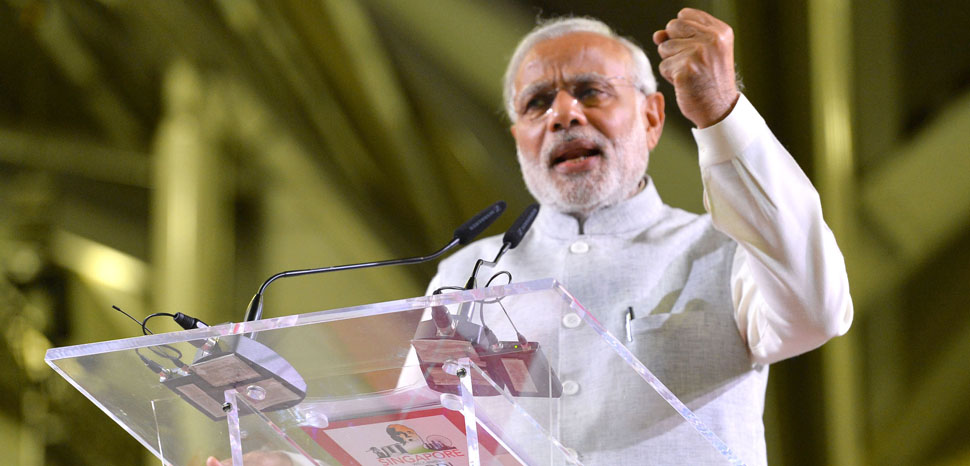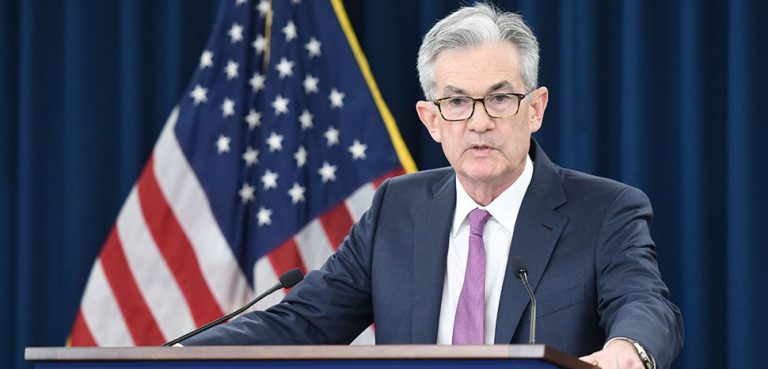Following its decision to provide a bailout to YES Bank, India’s 5th largest private bank, the Indian government is bracing itself for a systemic banking crisis. At a time when the government is already preoccupied with a pandemic, this new crisis on the periphery could compound the country’s concerns and efforts to tame the spread of COVID-19 and the potential fallout that the virus could have on the world’s second-largest country by population.
The difference of course, between COVID-19 and the country’s woes in the banking sector, is that the latter hardly comes at a surprise. Rescue and relief efforts for some of the country’s weakest banks have had a fixed presence throughout the administration and tenure of Prime Minister Narendra Modi, who is nearing the end of the first year in his second term. As part of his pitch across India and abroad, Modi’s promises of market-friendly policies led to exuberance among entrepreneurs and investors alike, which in turn precipitated a surge in India’s credit markets.
Yet, optimism surrounding “Modinomics” hasn’t materialized in the exponential growth that Indians had expected to accompany the reform agenda of the Modi-led Bhartiya Janata Party (BJP). Instead, the overextension of lending has fueled dangerous levels of speculation. Such conditions suggest that although the country’s business and political elite may have been ready to open the floodgates of capital, the country’s expansive and unstable banking sector was ill-prepared.
The crux of India’s financial sector weakness is visible on the balance sheets of both parastatal and private banking entities. The rise in non-performing loans (NPL) has called attention to weak corporate governance and unsustainable lending practices that threaten the viability both traditional banks as well as “shadow banks”, a phrase used to describe non-bank financial companies (NBFCs).
By design NBFCs are able to avoid the regulatory regimes that govern traditional banks, which has instituted a culture among NBFCs to seek out high-risk borrowers in return for high-yield terms. One particular fault line within the shadow bank industry is the tendency for NBFCs to raise and deploy capital that originated from commercial banks, engulfing regulated and unregulated banks into souring loans that can no longer be serviced, creating ripple effects felt across the financial sector.
With a number of NBFCs involved in risky ventures, such as real estate development and auto financing, fears of widespread defaults first came to fruition nearly two years ago when Infrastructure Leasing & Financial Services (IL&FS), an NBFC, began exhibiting problems with debt repayment that ultimately culminated in a government bailout. Since then, the Indian government, in conjunction with the Reserve Bank of India, have sought assistance from other private partners, such as investors and banks to plug holes in the shadow banking crisis, which continues to haunt the corporate debt market.
Yet, a mercurial spirit and bullishness alone do not describe the problem of India’s banks in its entirety. For years, calls for reform on oversight and accountability in the banking sector at-large have gone unheeded, far before Modi’s ascendancy to the country’s highest office. The sector has been dogged for its overeager executives, pliant board members, unempowered auditors, and lack of political will to slow down lending and incorporate additional scrutiny toward deals made with some of the country’s most notable and influential businessmen.
Thus far, governmental efforts to clean up bad banks have typically begun with cosmetic and headline-friendly reforms, such as the replacement of board members and executives. While such moves may be swift, they fail to address underlying structural ailments. Ideas floated to tackle such deep-rooted problems include increasing the RBI’s supervisory capacity and enforcing accountability mechanisms that compel stringent and honest audits, while inflicting meaningful penalties on crooked executives and staff, including criminal charges and compensation clawbacks.
The Modi government’s weariness over terms like “nationalization” have made them more inclined to public-private partnerships to keep banks afloat, in lieu of taxpayer-funded rescues. Recapitalization and restructuring efforts continue to take up more of the RBI’s time and energy in spite of the political unpopularity that typically accompany bailouts. Nevertheless, such capital injections may only be exacerbating the issue, as more stables lenders are compelled to take a stake in bad banks. This spread of equity exposure to some of India’s weakest firms risks tainting the health of the shrinking pool of healthy financial institutions.
In the case of YES bank, at least eight banks, including the State Bank of India (SBI), have stepped in to ensure solvency. News of YES Bank’s troubles triggered alarm among the bank’s customers, who collectively have pulled out 34% of the bank’s deposits in a period of less than six months, forcing the RBI to place temporary limits on withdrawals during an erratic period that coincided with a health pandemic.
With next month marking Modi’s sixth year in office as prime minister, hopes among consumers and businesses alike remain pinned on economic revival, even as political and social tensions have dominated headlines and defined Modi’s second term in office. India’s bid to restore health to its financial sector could not have come at a more inconvenient time. Yet, in the absence of a meaningful response, the government’s trigger-happy bailouts aren’t likely to induce much more than the status quo.
The potential collapse of India’s banking sector is a contagion of a different kind, but its ramifications could be felt far longer than the COVID-19 pandemic.




